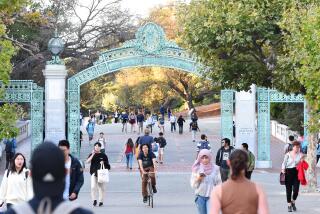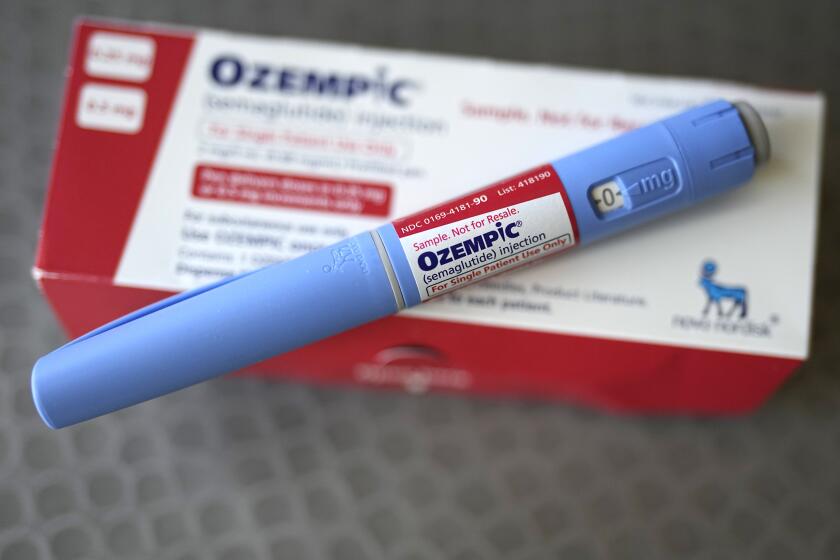Why a COVID-19 vaccine mandate for UC and Cal State is more complicated

- Share via
Why should students attending the University of California and California State University in the fall be any less protected from COVID-19 than those at Stanford or Claremont McKenna? Or the professors teaching them, or the staff maintaining the buildings or managing administrative tasks?
The answer is obvious: They shouldn’t be.
But it’s quite likely they will be, and the reason is obscure: The vaccines to protect against the coronavirus are available under emergency use authorization from the Food and Drug Administration, not full approval yet. And because of strange wording in the law governing emergency authorization, the government cannot require people to get the vaccine. Only private entities can, at least according to recent legal interpretations.
As public institutions, UC and CSU are stuck. Both announced Thursday their intention of requiring vaccination for students, faculty and staff starting in the fall, as soon as the vaccines receive formal approval. And that is expected to happen for the Pfizer-BioNTech and Moderna vaccines, which have shown themselves to be remarkably safe and effective — well, maybe by fall. Then the universities have to allow time for everyone to become fully vaccinated.
With many of the schools starting in August, this means it’s highly unlikely students will start out their fall quarters and semesters fully vaccinated, unless they do so voluntarily. Yet this is the most important time in the academic year for ensuring everyone is vaccinated. Students are coming from all over, places where infection rates might be higher or lower. Then they’re placed in the tight living quarters of dormitories where they’ll be ready to mingle and party after more than a year of remote learning and social distancing.
Fortunately, California’s infection rate is very low overall, and most of the UC and Cal State students come from within the state. But at this point, it’s hard to know what the situation will be in the fall.
So although the vaccine requirement is admirable, it’s going to take a lot of reaching out to students and their families to persuade as many as possible to offer up their arms to the needle before they come to school, not after. They’ll avoid lines and keep the semester free of vaccine side effects that could knock them off their feet for a couple of days.
What’s really needed is a change in the law on emergency use authorization to clarify that when we’re talking about a killer pandemic, public health takes precedence over personal choice. And that includes the health of students at our public colleges and universities.
More to Read
A cure for the common opinion
Get thought-provoking perspectives with our weekly newsletter.
You may occasionally receive promotional content from the Los Angeles Times.









